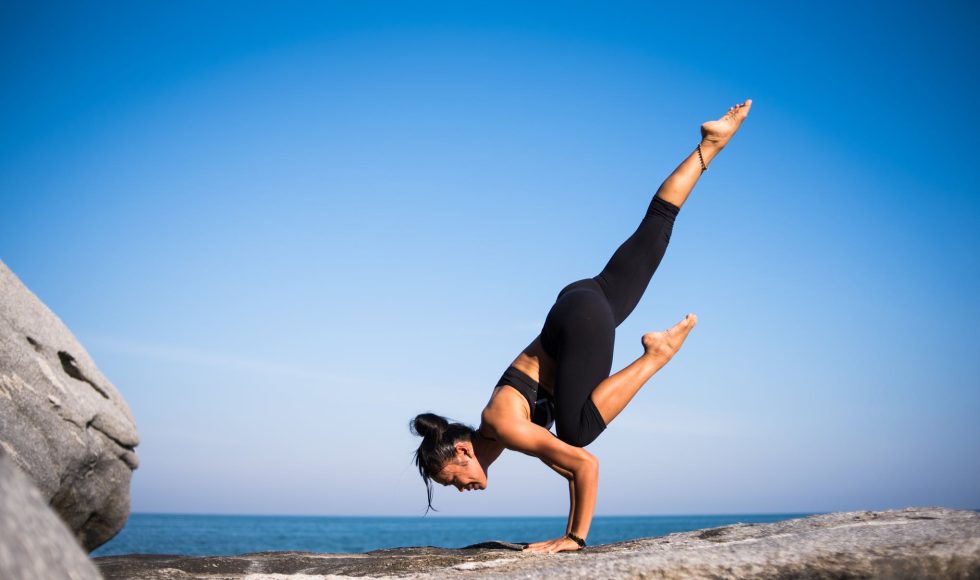Tonight after our second day at the beach, I watched the CAST UDL Symposium session entitled “Tapping into Learner Voice to Maximize Health & Wellbeing” presented by Anne Bishop, Anne Marie DeGirolamo & Kasia Derbiszewska. They started the session with a poll asking participants whether they were heard during health and wellness visits. They shared a story about Serena Williams advocating for a CT scan and a heparin drip when she felt she needed it. Derbiszewska is a CAST UDL and founder of Learning Key Educational Consulting. Bishop and DeGirolamo are both in the fitness industry. Each of the presenters shared personal stories about health challenges and not being heard. The presenters spoke about the Empty Vessel Model from Piaget and how merging expert and learner voice should be merged to maximize health outcomes. The four strategies they mentioned were:
- building in choice,
- cuing voice,
- calendaring (executive functioning), and
- building community.
One of the questions they asked was: How to be an authority without being authoritarian? I love that question! They then explained that the “one size fits all” model is not flexible to meet the variability of the people seeking help. They then shared a video depicting exercises that can be done at home and the message was that modifications can be made that work for you. They then explained that explicit cues help learners navigate the content. The examples they shared were assignments with prompts to predict outcomes. They had a breakout session for participants to share experiences and ways to reduce barriers to learner voice. They then spoke about using calendaring to support executive functioning skills. Suggestions shared were encouraging users to download a calendar, sharing calendars, and pointing out the calendar to share accountability. I appreciate how they explored the concept of blaming the learner vs. the design. For building a community, they recommended designing for a community that respects the diversity of voices. One I had not considered was a community board with student wins, quotes, and challenges. Toward the end of the session, the presenters shared ways of infusing activity into learning. They ended with a question: Do we have a voice in our own practice of care? I had never thought about this issue and its connection to UDL.



